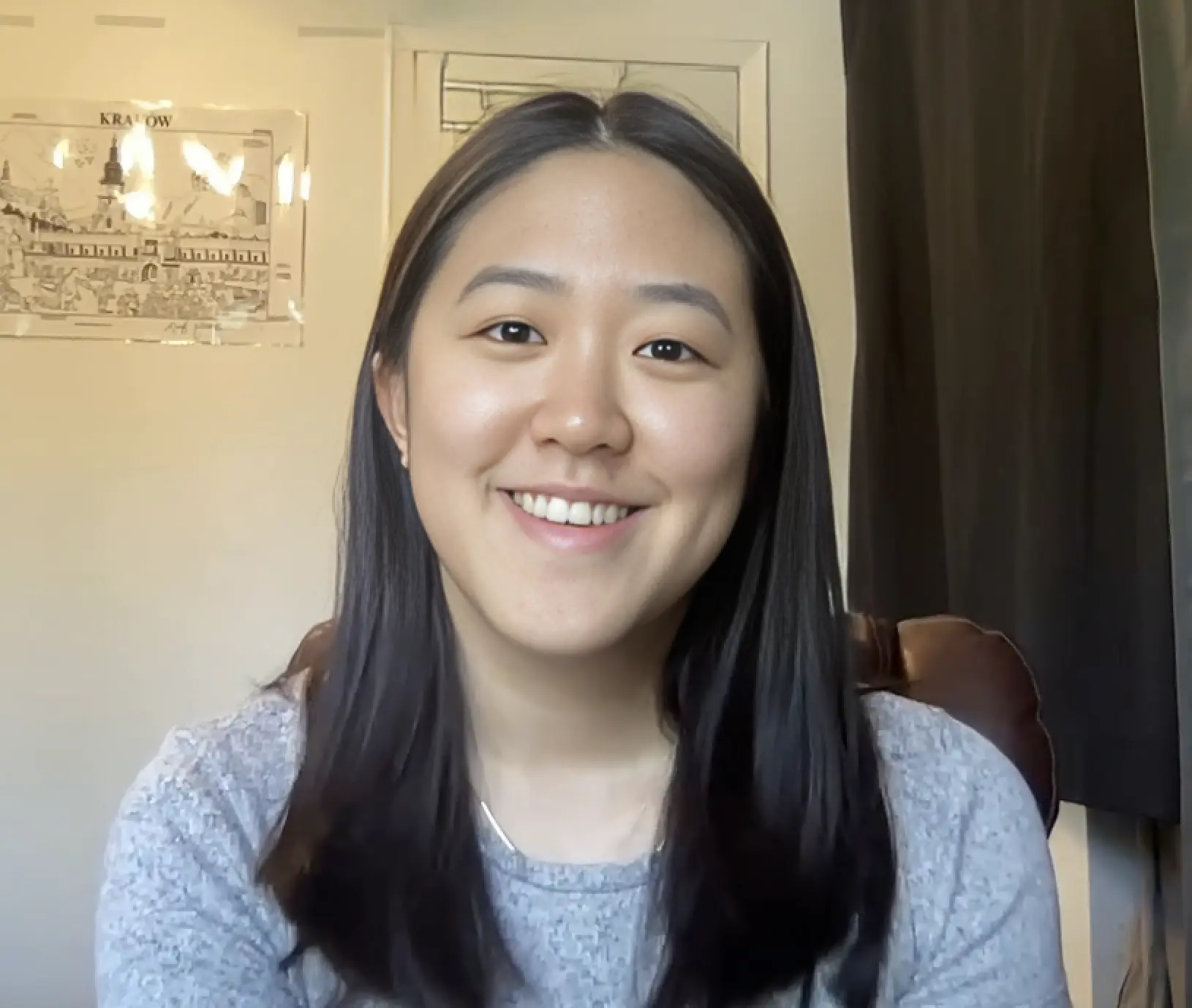What is spaced repetition? Spaced repetition is a memory technique that enhances learning by spreading out review sessions. It combats forgetfulness by scheduling reviews at strategic intervals. In this article, you’ll discover how spaced repetition works, its main benefits, and practical tips for using it.
Key Takeaways
- Spaced repetition leverages intervals between study sessions to enhance long-term memory retention, making it superior to traditional cramming methods.
- Core principles like active recall and a gradually increasing interval schedule are fundamental to spaced repetition’s effectiveness in combating memory decay.
- Popular tools like Anki and SuperMemo, along with structured schedules, help automate and optimize spaced repetition, proving beneficial for diverse applications such as language learning, medical studies, and professional development.
Understanding Spaced Repetition
Spaced repetition is a learning technique that revolutionizes how we retain information over time. Unlike traditional study methods that often involve cramming, spaced repetition optimizes the intervals between study sessions to enhance memory retention. This technique is crucial as it helps retain information and aids learning as people grow older, making it an invaluable tool for learners of all ages.
Definition of Spaced Repetition
An evidence-based technique called spaced repetition improves recall efficiency by distributing study material across temporally spaced intervals. It involves reviewing material at predetermined and gradually increasing optimal intervals to combat memory decay and enhance long-term memory capacity. By utilizing a spaced repetition technique, which employs a spaced repetition algorithm, if the subject recalls the information correctly, the time between reviews is doubled, which helps place it in long-term memory.
This method effectively fights the forgetting process by scheduling review sessions at gradually increasing intervals.
Core Principles of Spaced Repetition
The core principles of spaced repetition are active recall and gradually increasing intervals. Active recall involves testing oneself to retrieve information from memory, which strengthens memory traces. Gradually increasing intervals between study sessions further enhance long-term memory retention by allowing time for synaptic recovery and consolidation.
Spaced repetition systems (SRSs), also known as a spaced repetition system, tailor the repetition frequency of each concept to the user’s performance, fostering personalized and efficient learning.
Comparison with Traditional Study Methods
Traditional study methods like cramming often lead to rapid memory decay and mental fatigue. In contrast, spaced repetition distributes learning over time, leading to better long-term memory retention. This method approaches learning as a continuous process rather than a one-time event, helping learners overcome the problem of quickly forgetting information after cramming.
Employing spaced intervals rather than condensed sessions, spaced repetition fosters more effective and enduring learning outcomes.
The Science Behind Spaced Repetition

Delving into the science of spaced repetition can help us comprehend why this technique works so well. Spaced repetition leverages the Ebbinghaus forgetting curve, enhances neural pathways, and is supported by cognitive psychology findings.
The Ebbinghaus Forgetting Curve
The Ebbinghaus forgetting curve, conceived by Hermann Ebbinghaus in 1885, demonstrates how information is forgotten over time. The curve indicates that most information is forgotten within the first hour of learning, with retention dropping significantly before leveling off.
Spaced repetition techniques mitigate this swift decay by reinforcing information at spaced intervals, thereby preventing the forgetting curve from bottoming out.
Neural Pathways and Memory Retention
Neural pathways are instrumental in memory retention. Synaptic plasticity, the ability of synapses to strengthen or weaken over time, is essential for long-term memory and is enhanced by spaced repetition. This method allows synapses to recover and effectively consolidates memories through long-term potentiation, ensuring that repeated encoding and rehearsal transfer materials to long-term memory.
Cognitive Psychology Insights
Cognitive psychology supports spaced repetition for its ability to improve long-term memory retention and learning outcomes. The spacing effect, demonstrated in over 200 studies, shows that spaced practice leads to better retention and performance.
The spaced repetition strategy capitalizes on this effect by distributing learning sessions, permitting new neural connections to consolidate and thereby improving the overall learning process.
Benefits of Using Spaced Repetition

Spaced repetition offers numerous benefits, establishing it as a potent tool for learners. It significantly improves memory retention, allows for efficient use of study time, and enhances learning outcomes.
Improved Memory Retention
Periodically reviewing learned material is pivotal for long-term retention. Spaced repetition dramatically reduces the chance of forgetting material over time by consistently reinforcing information. This method involves dividing content into short pieces and revisiting them across spaced intervals, which helps encode information into long-term memory more effectively.
Efficient Use of Study Time
Spaced repetition allows for more efficient study sessions by dividing and conquering study materials. Instead of marathon cramming, students can prepare for exams by spreading their study sessions over several weeks, leading to better preparation and reduced mental fatigue. This technique boosts recall efficiency with expanding inter-study intervals, significantly reducing the effort needed for long-term memory retrieval.
Enhanced Learning Outcomes
Students who use spaced repetition achieve better test results due to improved recall and recognition abilities. This method leads to greater memory performance and higher scores, resulting in a deeper understanding of the material.
Spaced repetition benefits tasks beyond simple fact memorization, such as solving complex problems, demonstrating its versatility and effectiveness.
Implementing Spaced Repetition

To implement spaced repetition, you need to choose a schedule, devise efficient study sessions, and use software to automate the process.
Choosing the Right Spaced Repetition Schedule
Selecting an appropriate spaced repetition schedule depends on factors such as material complexity and review frequency. An effective schedule might involve reviewing the material:
- one day after learning
- three days after learning
- one week after learning
- two weeks after learning
Preemptively planning a spaced learning schedule guarantees evenly distributed study sessions and prevents the delay of the first review session beyond a day, thereby maximizing retention.
Creating Effective Study Sessions
Effective study sessions involve a structured schedule, pre-assessments, and active recall techniques. Start with a pre-assessment to evaluate the learner’s knowledge level, then set aside enough time and a comfortable space for study.
The first study session should be shorter to focus on recalling information rather than learning new material. Creating flashcards with key concepts and quizzing oneself can enhance the efficiency of spaced repetition.
Utilizing Spaced Repetition Software
Spaced repetition software automates the scheduling of review sessions based on individual learning progress. Many spaced repetition apps use algorithms to determine the optimal time for reviewing information, making the process more efficient and personalized.
For instance, language learning apps like Busuu use AI to adapt spaced repetition schedules based on individual performance, and medical students can use apps like Memoo to review flashcards at intervals determined by their understanding level.
Popular Spaced Repetition Algorithms
Popular spaced repetition algorithms include SuperMemo, Anki, and the Leitner System, each offering unique features to optimize learning.
SuperMemo
SuperMemo, developed by Dr. Piotr Wozniak, is known for its precise inter-repetition intervals based on user confidence and performance. The latest version, SM-18, provides accurate difficulty estimations for flashcards and adapts to the learner’s individual brain and memory.
Apps like SuperMemo offer courses for over 15 languages using these advanced algorithms.
Anki
Anki is a popular open-source spaced repetition tool favored by students. It analyzes user performance to determine optimal review times, making it an effective tool for:
- language learning
- memorizing facts and information
- studying for exams
- learning new skills
Anki’s user-friendliness and wide range of available flashcard decks make it a highly accessible option.
Leitner System
The Leitner System is a manual spaced repetition method that uses flashcards and boxes to represent different study intervals. Flashcards are moved between boxes based on whether they are answered correctly, with more difficult cards reviewed more frequently.
This method can be replicated in digital flashcard apps like Chegg Prep and Cram, making it a versatile and practical option for learners.
Tips for Maximizing Spaced Repetition Effectiveness

To maximize the effectiveness of spaced repetition, consistency, active recall techniques, and mixing old and new material are essential strategies.
Consistency is Key
A regular study schedule is vital for optimizing the effectiveness of spaced repetition. Having a structured study routine ensures regular engagement with the material and reduces the likelihood of procrastination and forgetting.
Consistency helps reinforce memory and solidify learning over time.
Active Recall Techniques
Active recall involves testing oneself on the material without looking at the notes, which strengthens memory. Techniques like explaining concepts aloud or using the blurting method, where one writes down what they remember without notes, enhance memory retention during spaced repetition sessions.
Self-assessment greatly enhances long-term retention, guaranteeing the encoding of information into long-term memory.
Mixing Old and New Material
Juxtaposing the review of previously learned material with new information promotes comprehensive learning and retention. Effective study sessions should include regular, periodic reviews of both new and previously studied learning materials. This approach helps maintain knowledge over time and enhances the overall learning process.
Real-Life Applications of Spaced Repetition
The real-life applications of spaced repetition span language learning, medical studies, and professional development.
Language Learning
Spaced repetition is commonly used for vocabulary acquisition in second-language learning. By reviewing vocabulary at set intervals, language learners can enhance long-term memory retention and master new words more effectively. This method also helps in mastering grammar rules, making it a comprehensive tool for language learning.
Medical Studies
In the realm of medical studies, spaced repetition is employed to regularly review vital information, thereby guaranteeing the long-term retention of medical knowledge. Medical students benefit from this method by:
- Reinforcing their understanding of complex concepts over time
- Preparing systematically for exams
- Managing the vast amount of information they need to retain.
Professional Development
Professionals leverage spaced repetition for constant improvement and retention of new skills pertinent to their careers. This method is particularly effective in corporate training programs, where it helps employees retain new skills and knowledge over time.
One-on-one meetings between leadership and team members at optimized intervals can incorporate spaced repetition, using diverse and creative ways to review material. This approach ensures that learning is ongoing and that employees can apply new skills effectively in their roles.
Summary
Spaced repetition is a powerful tool for enhancing memory retention, making efficient use of study time, and achieving better learning outcomes. By understanding its core principles, leveraging scientific insights, and implementing practical strategies, learners of all ages can benefit from this method. Whether you’re a student preparing for exams, a professional looking to improve skills, or a language learner mastering new vocabulary, spaced repetition can help you achieve your goals. Embrace this technique, and unlock your full learning potential.








































































